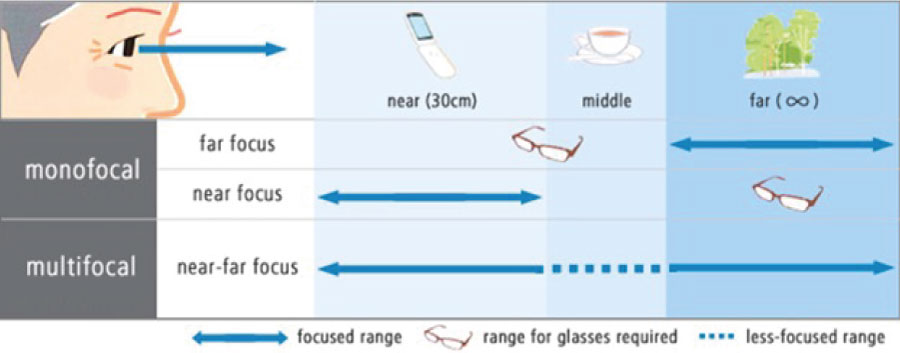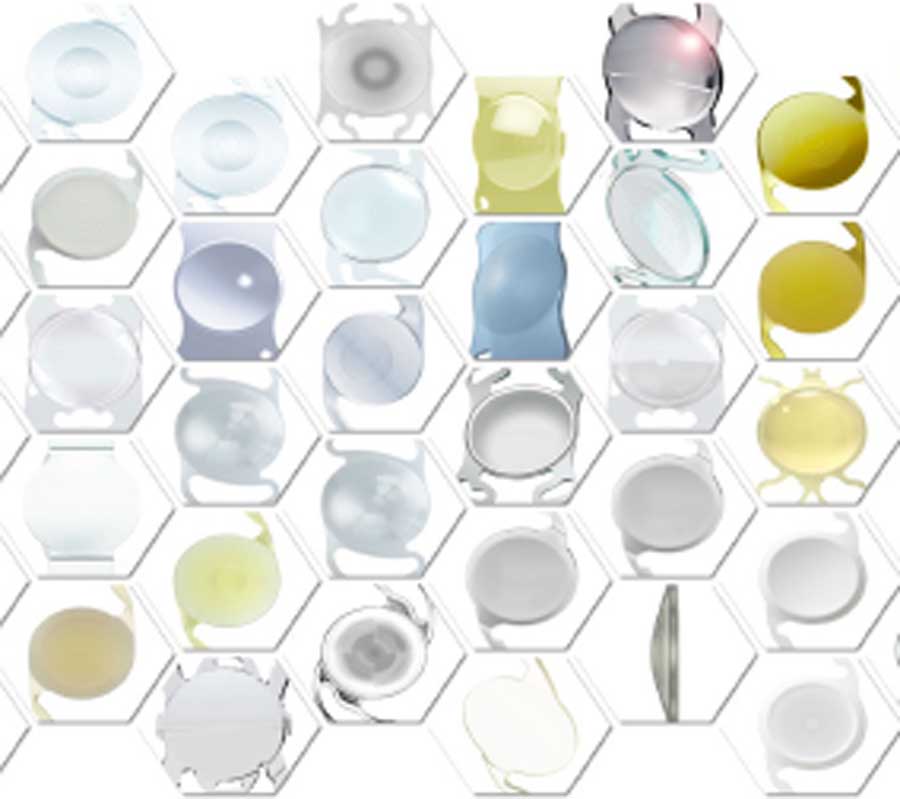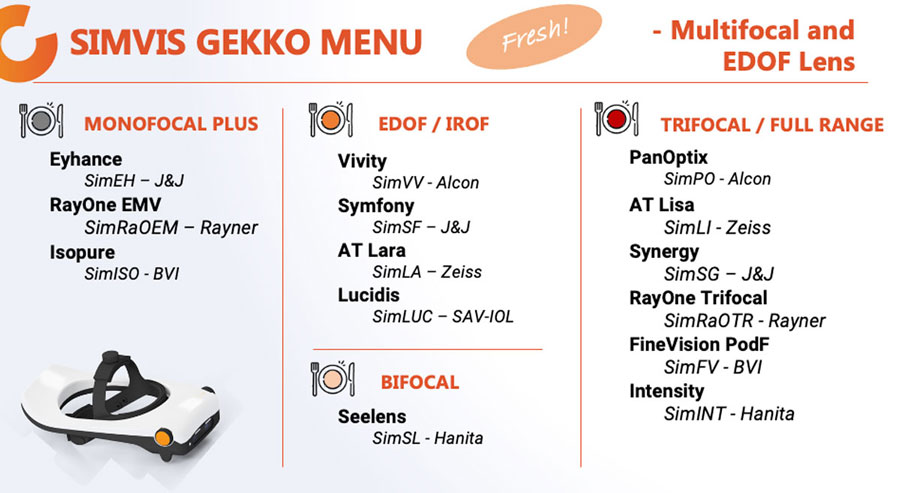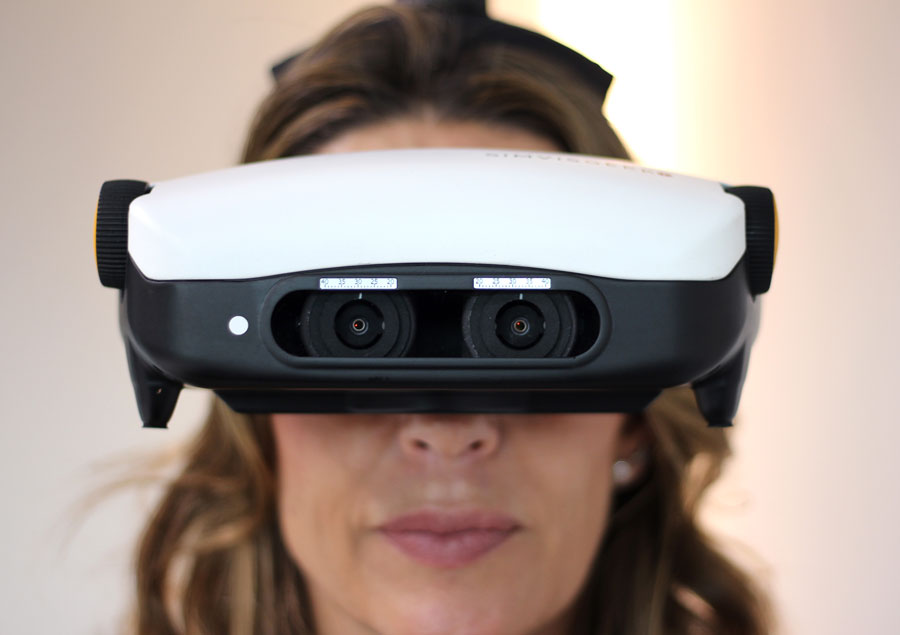Types of IOLs
These are the most commonly implanted lenses worldwide and are used to replace the natural crystalline lens to correct cataracts and/or presbyopia, also known as age-related need for reading glasses.
Currently, there are four main groups of IOLs: monofocal, enhanced monofocal, extended depth of focus (EDOF), and multifocal lenses. All these lenses designs replace the human lens providing different kind of vision.
1. Monofocal
These are the most common lenses and usually correct only distance vision. They are commonly used in patients undergoing cataract surgery who do not mind wearing glasses for near and intermediate vision.
2. Enhanced Monofocal
Enhanced monofocal IOLs usually have a similar distance performance when compared to convenntional monofocal IOLs, however they often provide improved unaided intermediate vision relative to conventional monofocal IOLs.
3. EDOF
The term extended depth of focus (EDOF) is commonly used to describe lenses that use different techniques to provide an increased range of focus compared to a standard monofocal intraocular lens (IOL).
4. Full-Range (Trifocal)
These lenses provide good vision for distance, near, and intermediate range (computer, car dashboard). There is a wide variety of designs available in the market. They are currently considered a good option for replacing the human lens for some individuals, although they may be more prone to initially cause unwanted visual phenomena such as halos, starbursts, and glare, which patients usually adapt to within months.
Every person is unique, one lens can be suitable for one individual but not necessarily for another.

Is it possible to try different lenses of each type before treatment to see which one is the best option for me?
Yes, ask your ophthalmologist or referring specialist to perform a test with SimVis Gekko, a visual simulator that allows a real experience of each lens before surgery.





0 Comments